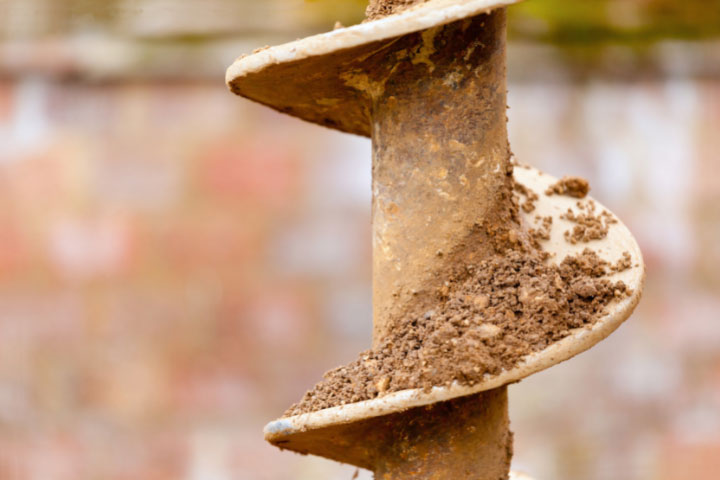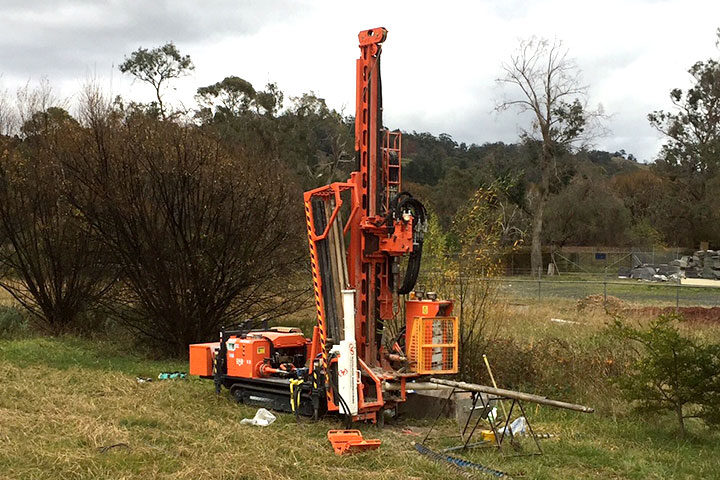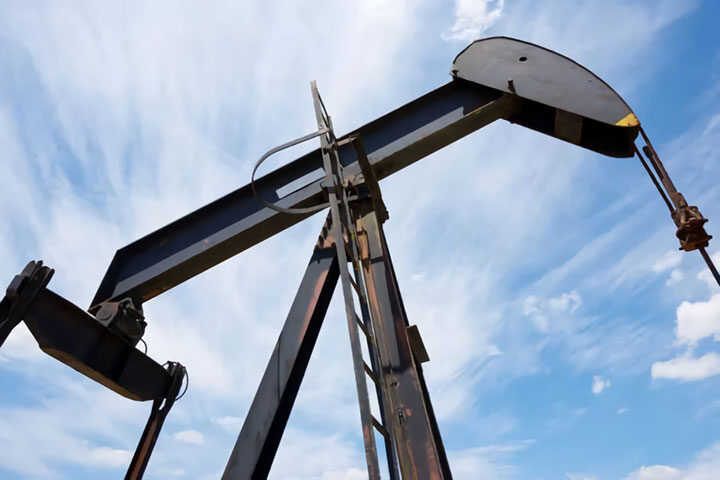
When your building site has unsuitable material for several metres below the foundation level, a drilling company will need to take special measures to make sure that the foundation is solid. This is when deep foundation drilling comes into play. While a shallow foundation can be laid directly on the subgrade, for a deep foundation, builders need to drive or drill down to a more solid layer of rock or suitable material. Some forms of deep foundation include piles, which are typically driven into place, and piers, drilled shafts, and caissons, each of which involves either drilling or cutting the soil back to pour a concrete support structure.
Deep foundation drilling is a unique and specific form of construction drilling which requires specialised heavy equipment and expertise. It is often required for large design loads, poor soil quality at shallow levels, and for site restraints, such as those related to property lines. In each case, deep foundations provide a much higher load bearing capacity for a given site.
Drilling contractors have a wide range of different drilling methods to choose from when drilling for a deep foundation. When drilling to depths of several metres, lining or load bearing elements are often inserted to facilitate a clean and effective operation. The drill hole is then filled with any of a number of products, for example with fresh concrete to produce a cast-in-place pile.
Here are a few of the most common methods for deep foundation drilling:
Kelly Drilling
This is one of the most common methods of dry rotary drilling. It can be used for large diameter bored piles up to approximately 500 mm. Kelley drilling is versatile and can be used for drilling through nearly all kinds of rock and soil. A distinctive element of this drilling method is the Kelley bar, which telescopes to facilitate large drilling depths. Freed soil is conveyed to the surface in a number of ways, including buckets, core barrels, augers, and other specialised drilling tools.
Continuous Flight Auger Drilling
Another dry rotary drilling method employed by drilling contractors is continuous flight auger drilling. This is suitable for cast-in-place piles and other forms of construction requiring predrilling. It can be used for most soil types and some rock, and the loose material is continuously conveyed to the top of the hole with an auger. Auger flights with drill cuttings help to stabilise the walls of the hole during the drilling operation.
Double rotary drilling is an extension of this method which includes a continuous casing. Both casing and auger, which is used inside the casing, are installed and extracted simultaneously. Another modification of continuous flight auger drilling is full displacement drilling, which only displaces the soil and conveys no drill cuttings to the surface. It makes use of a smooth casing with a displacement body at the lower end, and is suitable only for cast-in-place piles.
Grab Drilling
Grab drilling is an old method which is still common in modern construction. The soil is loosened with either impact driving or cutting. A number of different tools can be used, including the chisel, bored pile grab, or specialised tools employed by a duty cycle crawler crane. This method is used for both small diameters, in the case of well drilling, and large diameter drilling operations for cast-in-place piles.
Reverse Circulation Air Injection Drilling
Reverse circulation air injection drilling is suitable for extremely large boreholes, such as those up to 3.2 metres in diameter. It employs a method of hydraulic circulation, often after the use of a hammer grab. The mammoth pump principle is used to convey drill cuttings to the surface. This method employs a flushing current between the drill rod and the borehole Material is driven to the surface through channels inside the drill rod.
Down-the-hole Drilling
Down the hole drilling makes use of compressed air to drive a hammer mounted on the drill bit into the ground. The hammer impacts and rotates simultaneously. A flushing current conveys drill cuttings to the surface. This method is useful for extremely hard rick and the penetration of large subsurface boulders.
If you’d like to know more about our drilling services or you’d like to get some details about your drilling project, feel free to contact us. At BG Drilling, we have the expertise and experience to offer top quality services for all your drilling needs.



